How to make a greenhouse useful in winter |
By the beginning of winter, the greenhouse at the dacha is usually already washed, dried, and ready to remain empty until spring sowing and planting. All that’s left is to throw some snow onto the beds to improve soil fertility.
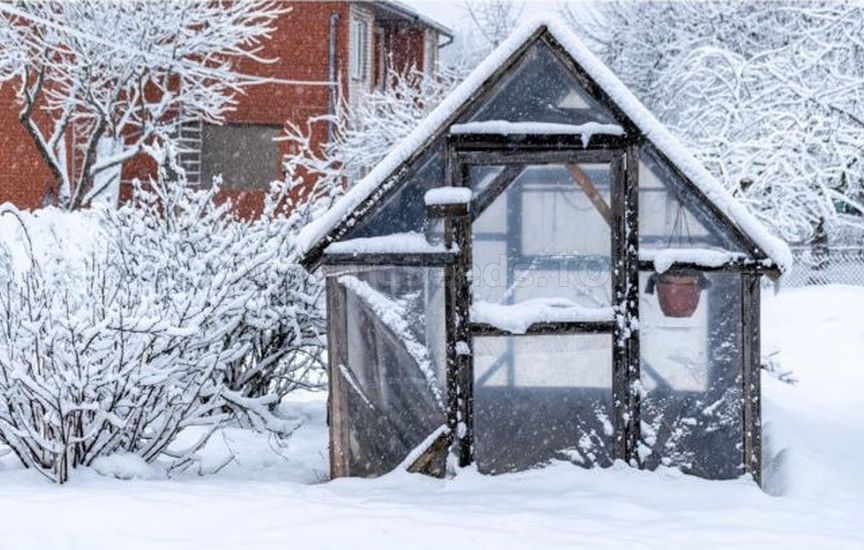 A polycarbonate or glass greenhouse can be used year-round. However, in winter, to grow plants, for example, the structure will need heating. Additionally, if you plan to actively use the greenhouse during the cold season, it’s better to make it double-layered: stretch film inside or line it with polycarbonate to retain heat more effectively. But even if the greenhouse is the most basic, you can consider the following options for its use in winter. The base of the greenhouse can be insulated with foam board or similar material. In an already built greenhouse, you can install a stove or boiler, infrared heaters, or a heat gun. More expensive options include underfloor heating with a heating cable and solar panels. Growing Greens in the Greenhouse in Winter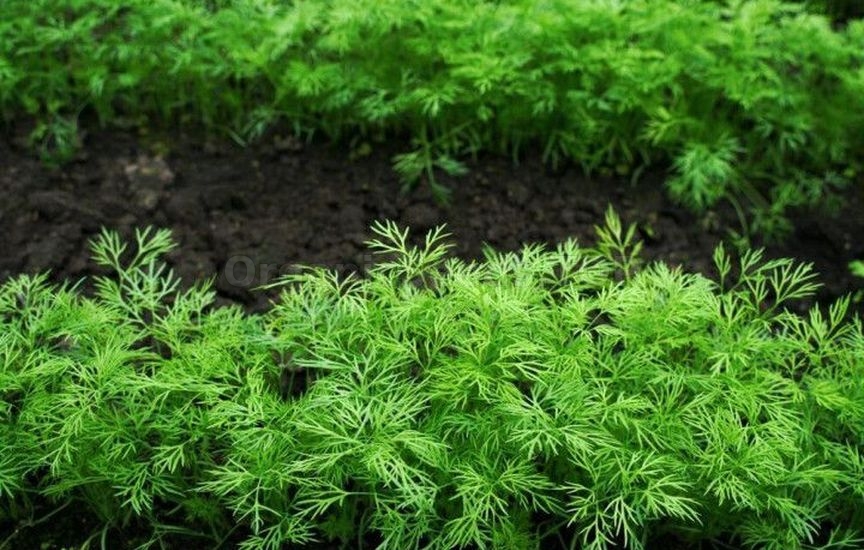 Green onions, dill, parsley, lettuce, sorrel, spinach—these and many other greens that are resistant to temperature fluctuations can be successfully grown in the greenhouse all winter if heating and lighting are arranged in advance. It’s not necessary to plant them in freshly renewed and disinfected soil. It’s better to use containers that can be placed on the beds or on shelves. It’s more convenient to sow already sprouted seeds. Watering is done with warm water as the soil dries out. It’s also worth planning protection against pests that may become active after “warming.” Growing Seedlings in the Greenhouse in Winter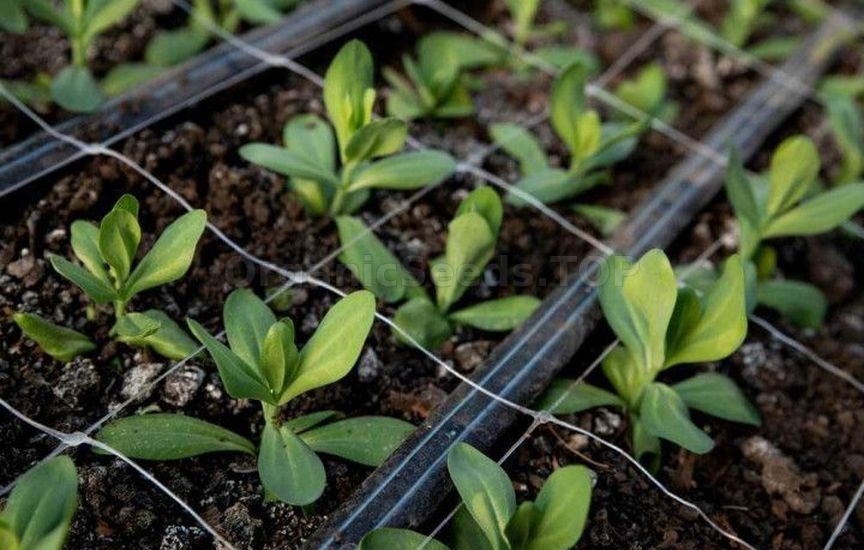 In a heated greenhouse, seedlings of eustoma, petunia, Shabo carnation, purple echinacea, and other plants with a long growing season are sown as early as December. But it’s essential to monitor temperature and lighting. In a sealed and well-equipped greenhouse, you can confidently sow tomatoes, cucumbers, and peppers for subsequent planting in greenhouse beds at the end of winter or early spring. The field for experimentation is vast! Growing greens and seedlings in winter and early spring is a great business idea. If it’s not possible to maintain a sufficiently high temperature in the greenhouse, cold-resistant flowers can be sown in containers buried in the beds so the plants undergo stratification. A layer of dry leaves is placed on top. In spring, you just need to remove the cover and wait for vegetation. Forcing Bulb Flowers in the Greenhouse in Winter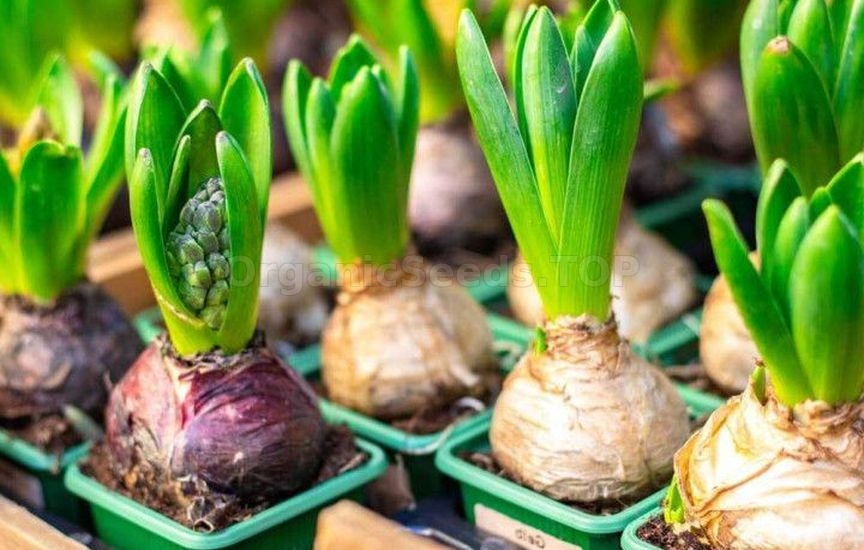 To get blooming tulips, hyacinths, muscari, daffodils, and other bulbs for spring holidays, you should start forcing them in autumn. It’s optimal to complete planting by the second decade of November. Choose the largest bulbs, free from signs of disease and pests. The planting material and soil mixes should be disinfected beforehand. Initially, containers with planted bulbs are kept in darkness and coolness, and after sprouts appear, the air temperature is increased. When forcing bulbs, don’t forget that plants will need not only warmth but also additional lighting. Specific requirements may vary depending on the type and variety of plant. Growing Mushrooms in the Greenhouse in Winter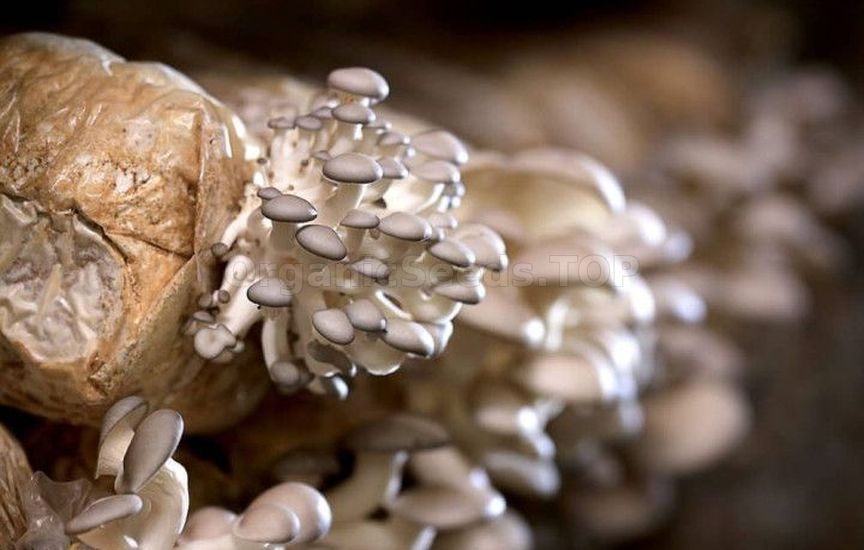 In a heated greenhouse, you can grow oyster mushrooms, champignons, shiitake, morels, honey mushrooms, and others. You need to purchase mycelium in advance, properly prepare the substrate (depending on the type of mushroom), and create favorable conditions for growth. Main requirements: high humidity, ventilation, and uninterrupted heating. Additional lighting is not needed. It’s best to grow mushrooms in containers or substrate blocks, on logs that can be conveniently placed on shelves. For substrate, you can use sawdust, straw, buckwheat husks, sunflower husks, flax shives, wood chips, etc. Storing Seedlings, Bulbs, and Rhizomes in the Greenhouse in Winter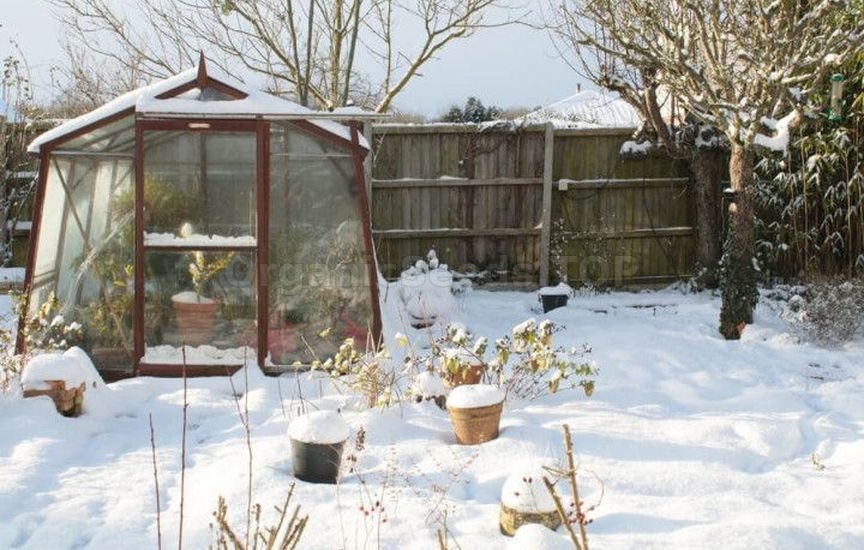 A greenhouse is not the ideal place for winter plant storage. But it can be adapted for this purpose. It’s important that the room is not heavily heated but also doesn’t freeze in winter. To prevent plants from starting to grow, it’s better to shade the walls and roof with mesh or agrotextile. What can be stored in the greenhouse? Seedlings of fruit and ornamental trees and shrubs, grapes, conifers, rhizomes of perennial flowering plants, bulbs of daffodils, tulips, lilies, etc. In a heated greenhouse, you can store desert cacti, bulbs of gloxinia, indoor cannas, hippeastrums, begonia tubers. Large plants can be buried in the soil or placed in boxes and insulated. Rhizomes and bulbs are stored in containers in moist peat or sawdust. In winter, plants may suffer from drying out, so they need to be regularly moistened. Storing Items in the Greenhouse in Winter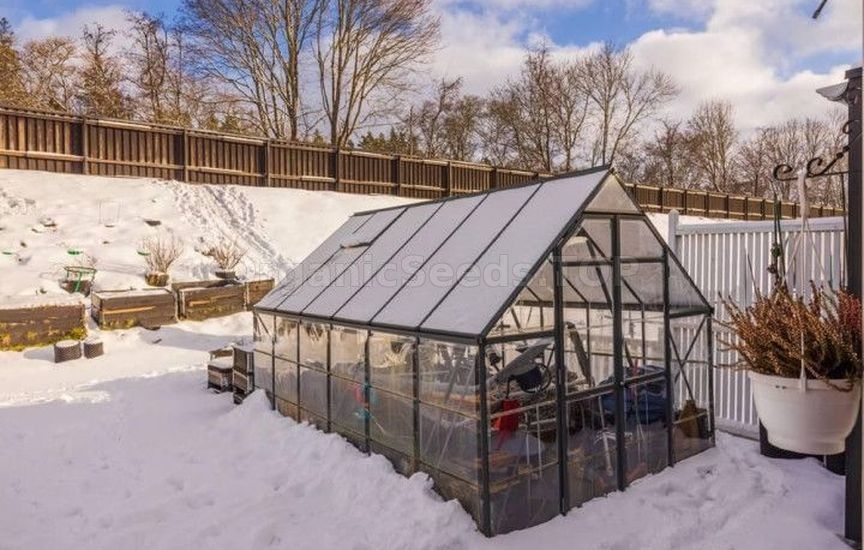 If the shed, cellar, and garage are packed to the brim, some items can be stored in the greenhouse. But only if it will be closed in winter and snow won’t be thrown inside. It’s better to store items that aren’t very sensitive to cold and moisture, such as soil for seedlings, garden decor made of durable materials—fiberglass, artificial stone. Various garden tools should first be “preserved”—washed, repaired, lubricated with anti-rust agents, and then placed in closed boxes or fabric covers. Keeping Chickens in the Greenhouse in Winter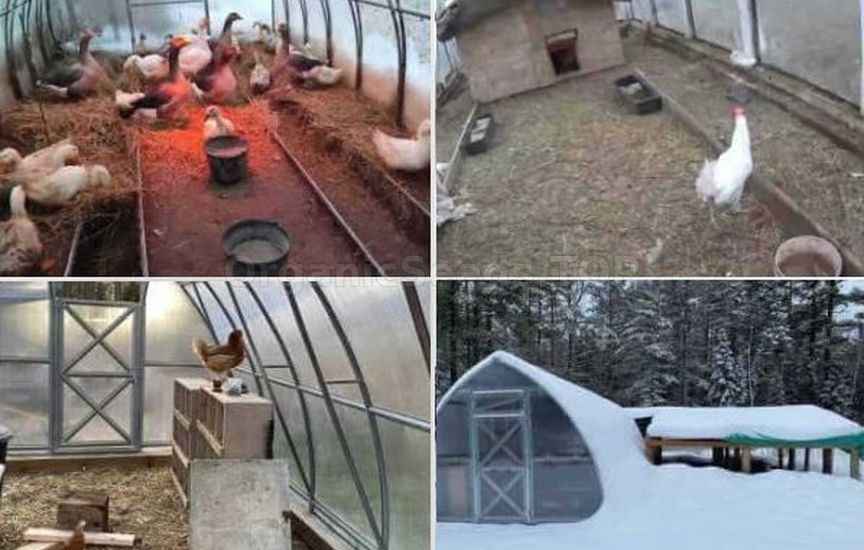 If you have chickens, you can move them from an unheated coop to the greenhouse before the cold sets in. For successful wintering, the air temperature in the room should be 10–18°C, humidity—60–70%. To do this, the structure needs to be insulated and equipped with devices to increase air temperature: a heat gun, fan heater, quartz heater. Infrared heat mirror lamps are also convenient. As an alternative, consider fermentation bedding, which generates heat thanks to bacteria that decompose poultry manure. Also, reinforce the greenhouse foundation to prevent predators from reaching the chickens. Chickens with fluffy plumage tolerate cold best: Faverolles, Cochin, Hercules, etc. On average, no more than 5 adult chickens should be kept per 1 sq.m of space. In winter, geese and ducks can also be kept in the greenhouse. Rest Area in the Greenhouse in Winter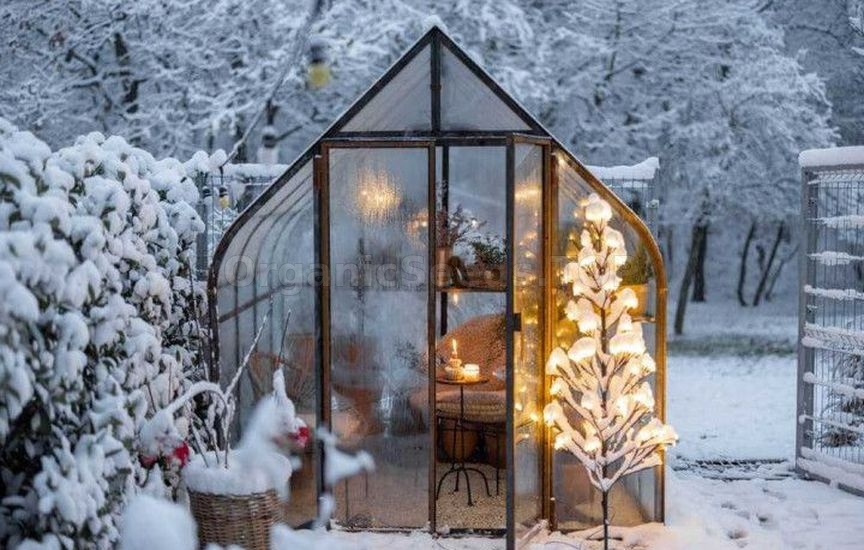 If desired, you can temporarily set up a rest area inside the greenhouse: place a table, chairs, benches, add accessories, and of course, take care of lighting. Various garlands, lanterns, decorative solar-powered lamps, etc., will look beautiful inside or outside the structure. To avoid walking on bare ground, lay down geotextile, boards, or thick plywood sheets. A cozy gazebo is ready! In the future, a worn-out greenhouse can be completely converted into a gazebo. Setting Up a Bathhouse in the Greenhouse in Winter A rather unusual but quite real option is to set up a bathhouse in part of the greenhouse, heated with a small stove. To ensure the structure retains heat well, seal all gaps and cover the interior walls with insulating material, such as bubble wrap. In winter, the greenhouse at the country site usually stands idle. But even during this time of year, the structure can be used beneficially. True, most options require regular visits to the dacha. But if you were already planning to go there in the winter months, you’ll surely find our ideas useful. |
|
|
